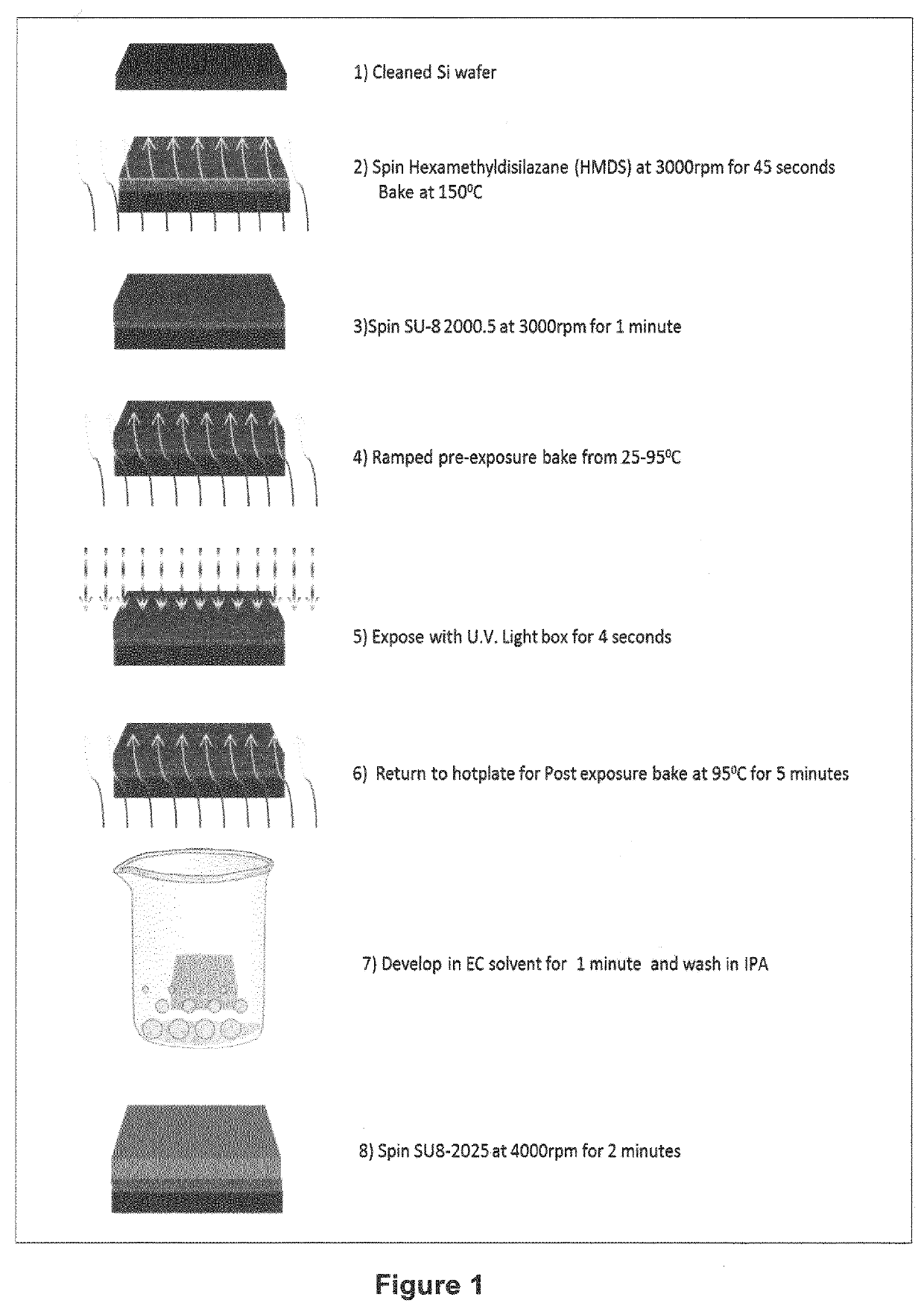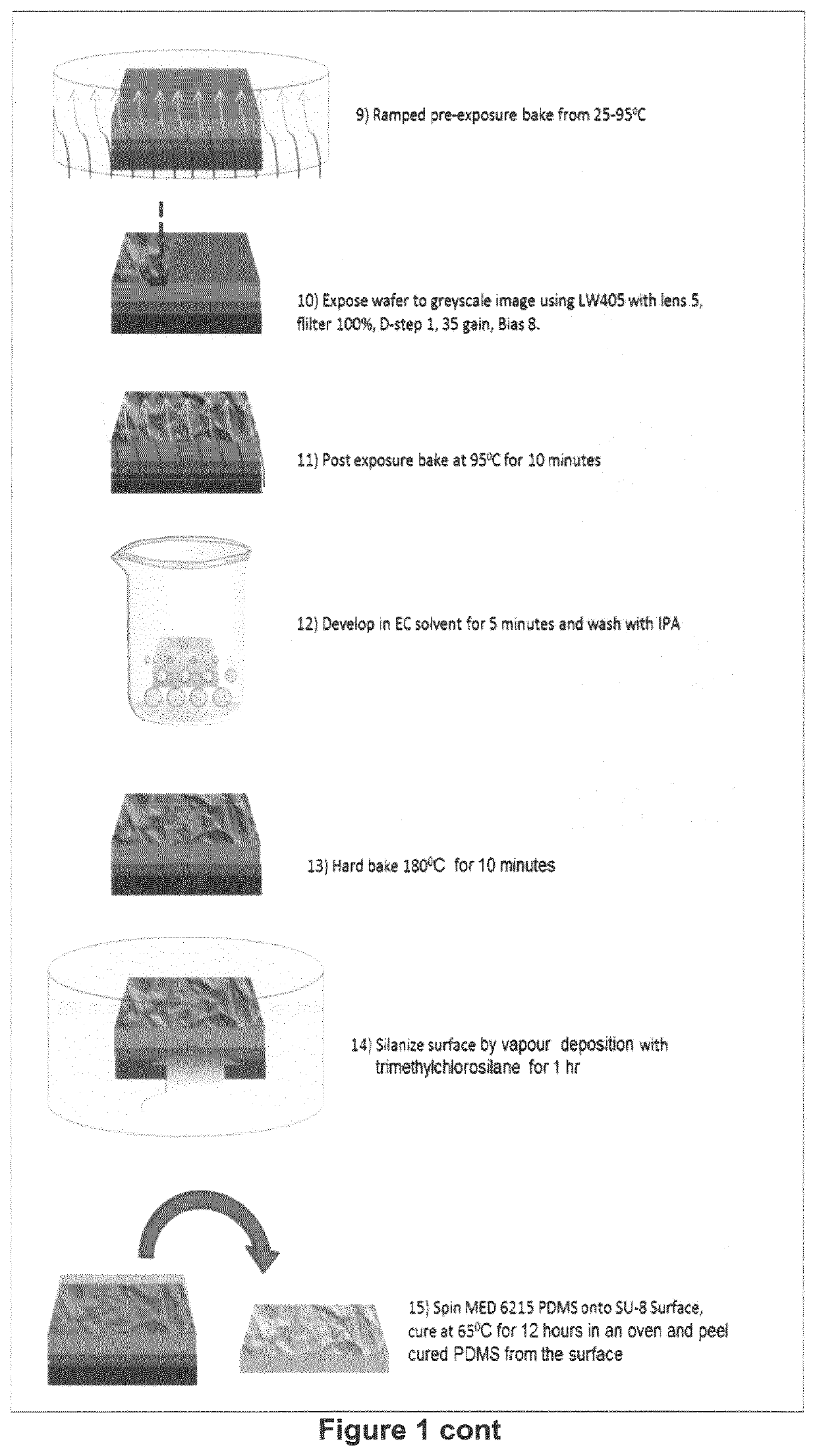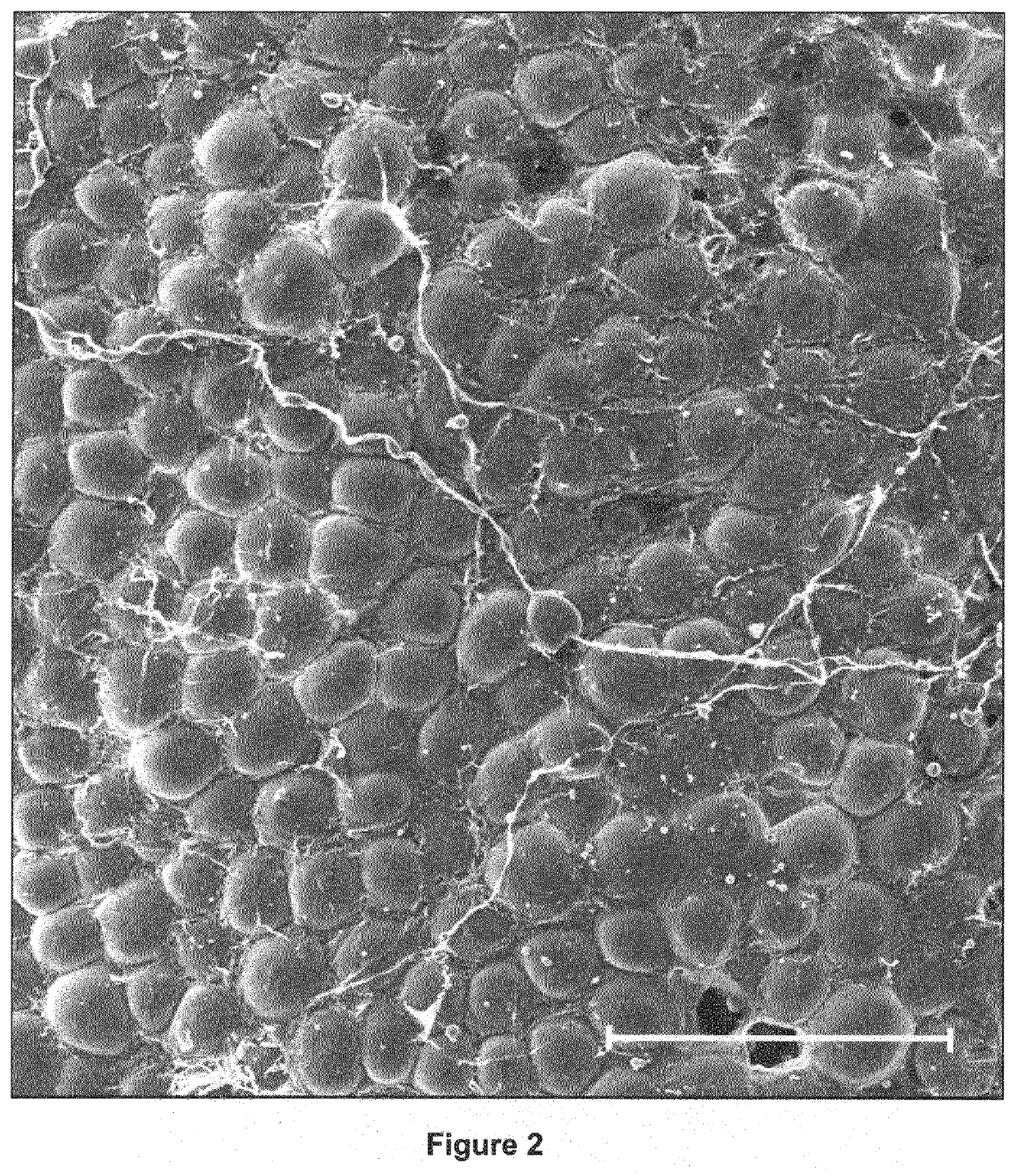Textured surfaces for implants
a technology of implants and textured surfaces, applied in the field of biocompatible implants, can solve the problems of patient dissatisfaction, capsular contracture formation, and current breast implants are not without innate complications, and achieve the effect of reducing capsular contraction and improving cellular respons
- Summary
- Abstract
- Description
- Claims
- Application Information
AI Technical Summary
Benefits of technology
Problems solved by technology
Method used
Image
Examples
Embodiment Construction
Surface Texture
[0021]The inventors have identified characteristics of adipose tissue surface that, when reproduced on the surface of an implant, may contribute to improved cell response and reduced capsular contracture. In particular, one or more of the following surface features can be reproduced on the implant surface: the approximately hemispherical form of the adipose cells that form the surface of the adipose tissue (against which the implant will be placed); the close packing of the adipose cells on the surface (which close packing effectively truncates the hemispheres, causing them to appear to fuse together); the density of cells (cells per unit area), that being related to the close packing; the average size (diameter) of the adipose cells (in turn dictating the radius of curvature that the cells present at the surface); the distribution or variance in size (diameter); the average spacing between adjacent cells (nearest neighbour distance); the distribution or variance in s...
PUM
| Property | Measurement | Unit |
|---|---|---|
| diameter | aaaaa | aaaaa |
| height | aaaaa | aaaaa |
| height | aaaaa | aaaaa |
Abstract
Description
Claims
Application Information
 Login to View More
Login to View More - R&D
- Intellectual Property
- Life Sciences
- Materials
- Tech Scout
- Unparalleled Data Quality
- Higher Quality Content
- 60% Fewer Hallucinations
Browse by: Latest US Patents, China's latest patents, Technical Efficacy Thesaurus, Application Domain, Technology Topic, Popular Technical Reports.
© 2025 PatSnap. All rights reserved.Legal|Privacy policy|Modern Slavery Act Transparency Statement|Sitemap|About US| Contact US: help@patsnap.com



